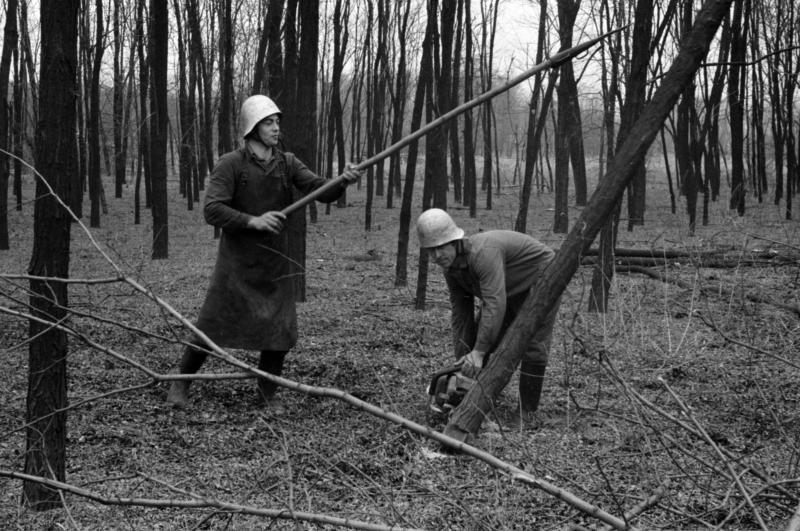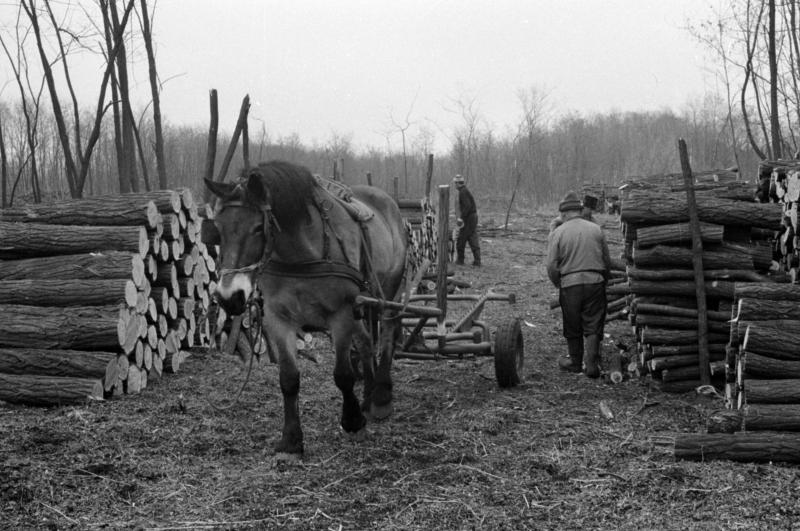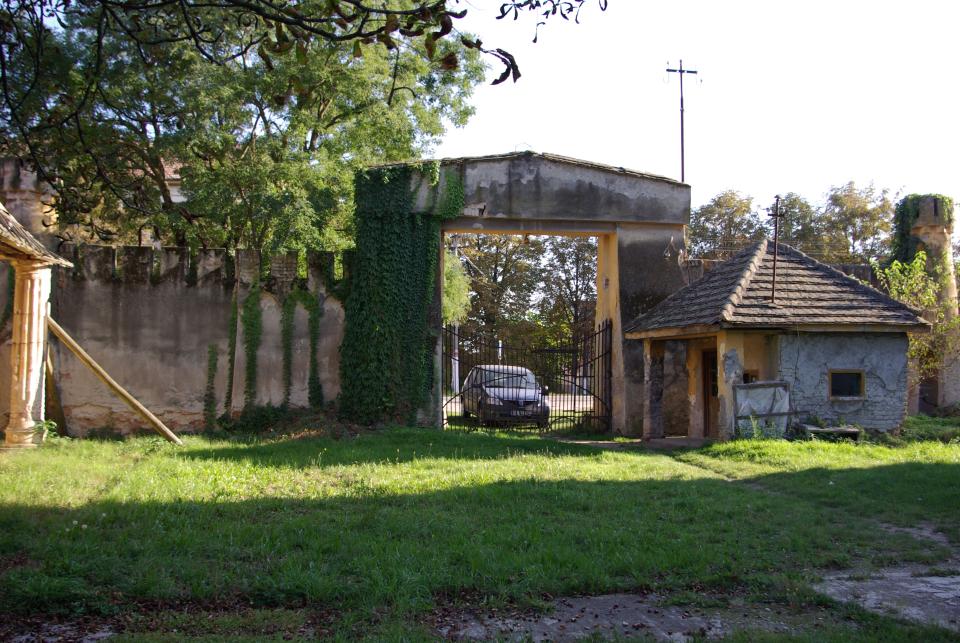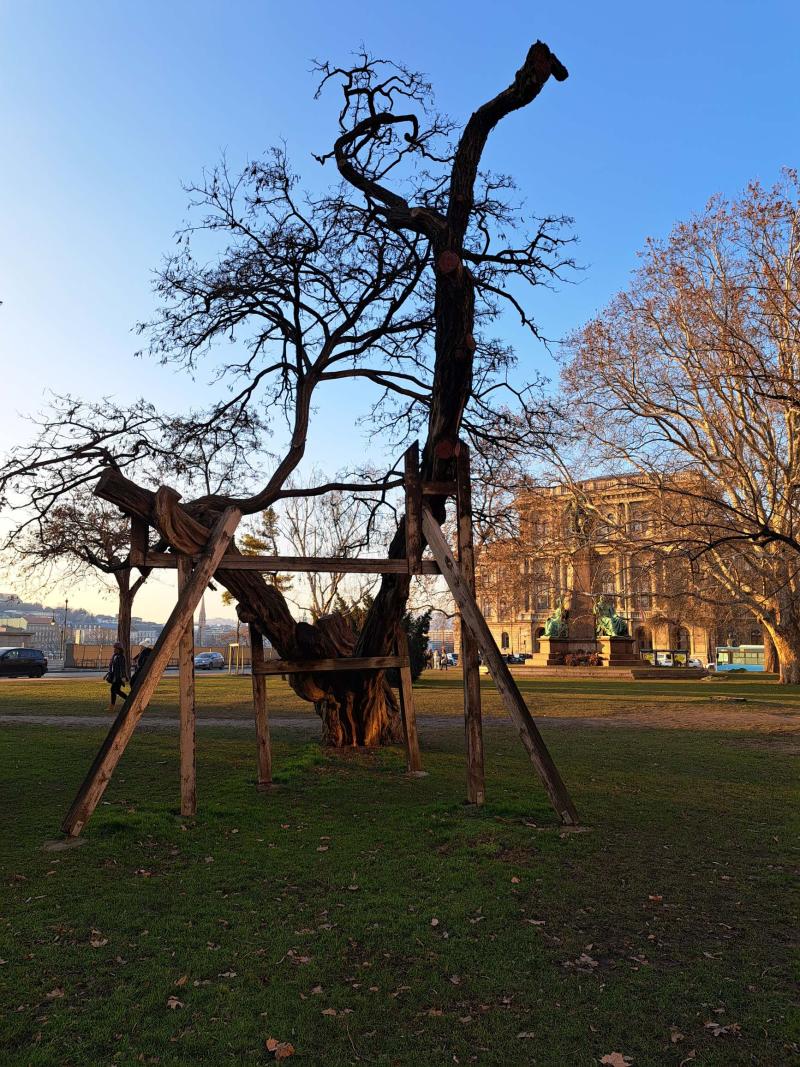The black locust tree (Robinia pseudoacacia) is native to the Eastern part of North America. Today, however, Hungary—along with other places in Central Europe—is also one of its main habitats. Due to its excellent ability to absorb nitrogen and alter soil, black locust can outcompete many endogenous tree species that are essential for maintaining habitats and that may also be under pressure due to climate change. Black locust successfully enters pastures and creates a shrub environment that is unfriendly for many rare plants that thrive in open grassland (Vítková et al. 2017). At the same time, the species is a favorite of beekeepers due to its nectar, is capable of reversing erosion of sandy areas, and its wood provides energy for heating for hundreds of thousands in rural areas of Hungary.
This backdrop is relevant for recognizing the environmental significance of the presence of this species in Central Europe. But the spread of black locust is also a remarkable case to describe and analyze the entanglement of such environmental significance with the political and military histories of states.

Black locust plantation in Hungary, 1972.
Black locust plantation in Hungary, 1972.
Unknown photographer, 1972. Courtesy of Fortepan. Photo ID: 6532. Click here to view source
 This work is licensed under a Creative Commons Attribution-ShareAlike 3.0 Unported License.
This work is licensed under a Creative Commons Attribution-ShareAlike 3.0 Unported License.
It was thanks to large-scale tree plantation programs that the black locust became one of the most common and dominant species in Hungary. Although global debates about the potential impact of forests on the climate of an area already had a decades-long history by the 1920s, the question was mostly low-key (Coen 2018). The plans, legislation, and actual efforts for the afforestation of the Great Plains of Hungary suddenly gained high political importance shortly after the end of World War I. Many believed that unless the Great Hungarian Plain became less arid, partitioned post-World War I Hungary had no future. So much so that—just four years after the fall of the Hungarian Soviet Republic and at a time when anti-communism was also an essential item on the agenda—the Hungarian government dared to challenge rights to private property.

Workers cutting black locust in a plantation near the village of Csévharaszt in Pest County, Hungary, 1972
Workers cutting black locust in a plantation near the village of Csévharaszt in Pest County, Hungary, 1972
Photograph by Péterffy István, 1972. Courtesy of Fortepan. Photo ID: 142271. Click here to view source.
 This work is licensed under a Creative Commons Attribution-ShareAlike 3.0 Unported License.
This work is licensed under a Creative Commons Attribution-ShareAlike 3.0 Unported License.

Piles of black locust wood near Csévharaszt, 1972.
Piles of black locust wood near Csévharaszt, 1972.
Photograph by Péterffy István, 1972. Courtesy of Fortepan. Photo ID: 142272. Click here to view source.
 This work is licensed under a Creative Commons Attribution-ShareAlike 3.0 Unported License.
This work is licensed under a Creative Commons Attribution-ShareAlike 3.0 Unported License.
In light of the political importance of afforestation—and of black locust within the program—it is not surprising that one of the most renowned scientists of the epoch and head of the Natural History Collection of the National Museum, József Ernyey (1869–1945), became interested in the species in the mid-1920s. His research revealed that European science had “discovered” the species twice—and it was the second discovery of the mid-eighteenth century when those in power saw black locust as a strategic tool to expand the scope of central and military administration (Ernyey 1926). Indeed, the close link between the Seven Years War raging between 1756 and 1763 and the European spread of black locust may be an argument for seeing the Seven Year War as the actual first global war. Just as the British troops had done in North America, the military administration of the Habsburg Empire also began planting the fast-growing species near fortifications in order to make it difficult for their opponents to place and move artillery, as well as to create obstacles for the movement of infantry across areas. In the area of the mid-eighteenth century Ottoman–Habsburg frontier, Ernyey located a castle that hosted some black locust trees that had originally been imported from North America and planted on the order of Maria Theresa, Queen of the Kingdom of Hungary between 1740 and 1780 (Természettudományi Múzeum Gyűjteménye). Black locust is designated by the military as a strategic species, just like the teak of South Asia was by the early nineteenth-century British Imperial Navy or the spruce of Cadore was in late medieval Venice.

The remains of the castle in Banloc, Romania, where József Ernyey began his exploration of the history of Robinia pseudoacacia.
The remains of the castle in Banloc, Romania, where József Ernyey began his exploration of the history of Robinia pseudoacacia.
Photograph by Ionut Tuvene, 2007. Click here to view Wikimedia source.
 This work is licensed under a Creative Commons Public Domain Mark 1.0 License.
This work is licensed under a Creative Commons Public Domain Mark 1.0 License.

The black locust tree that the Hungarian Government instrumentalized in 2014.
The black locust tree that the Hungarian Government instrumentalized in 2014.
Photograph by Róbert Balogh, 2023.
 This work is licensed under a Creative Commons Attribution 4.0 International License.
This work is licensed under a Creative Commons Attribution 4.0 International License.
Black locust was at the forefront of high politics in Hungary for the third time in the spring of 2014 as the government communicated to the public that “Brussels”—meaning the European Parliament and the European Commission—was preparing to exterminate the species by labelling it invasive. In response, the government launched a national movement to protect black locust via reference to decolonial rhetoric, making the Hungarian Parliament declare the tree a so-called “Hungaricum”; i.e., a part of native cultural heritage. This was all in the context of the election of members of the European Parliament. This politicization of the biological qualities of black locust and of the notion of invasiveness threatened those researching the impact and spread of invasive species with being labelled as anti-governmental, which is an immediate existential threat in authoritarian regimes, as Hungary was becoming at the time.
How to cite
Balogh, Róbert. “Links Between State Power and Tree Species: Black Locust in Central Europe.” Environment & Society Portal, Arcadia (Spring 2025), no. 2. Rachel Carson Center for Environment and Society. doi:10.5282/rcc/9928.
ISSN 2199-3408
Environment & Society Portal, Arcadia
 This work is licensed under a Creative Commons Attribution 4.0 International License.
This work is licensed under a Creative Commons Attribution 4.0 International License.
2025 Róbert Balogh
This refers only to the text and does not include any image rights.
Please click on an image to view its individual rights status.
- Vítková, Michaela, Jana Müllerová, Jiří Sádlo, Jan Pergl, and Petr Pyšek. “Black locust (Robinia pseudoacacia) beloved and despised: A story of an invasive tree in Central Europe.” Forest Ecology and Management 384 (2017): 287–302. doi:10.1016/j.foreco.2016.10.057.
- Dutton, Joan Perry. Plants of Colonial Williamsburg. How to Identify 200 of Colonial America’s Flowers, Herbs, and Trees. Williamsburg: The Colonial Williamsburg Foundation, 1979.
- Bartha, Dénes. “Tények és tévhitek a fehér akác első európai megjelenéséről.” [Facts and false beliefs about the first appearance of black locust in Europe.] Erdészeti Lapok 151 (2016) 9: 292–295.
- Balogh, Robert, and Péter Homor. “Foresters: Linking the Refugee Question and Environmental History in post-1918 State Succession: The Case of Forestry in Hungary.” In Civil Servants under Changing Regimes in Central and Eastern Europe in the First Half of the 20th Century, edited by Veronika Szeghy-Gayer, 131–50. Kosice: Institute of Social Sciences [CSPS SAS], 2024.
- Természettudományi Múzeum Tudománytörténeti Gyűjteménye [History of Science Collection, Museum of Natural History.] Budapest. TTM-TT-EJ-1/11. VI. köt.
- Coen, Deborah R. Climate in Motion: Science, Empire, and the Problem of Scale. Chicago: Chicago University Press, 2018.
- Ernyey, József. “Az akácfa vándorútja és megtelepülése hazánkban.” [The Travels of Black Locust and its Settlement in Hungary.] Magyar Botanikai Lapok 25, no. XXV, 1–12 (1926): 161–189.








